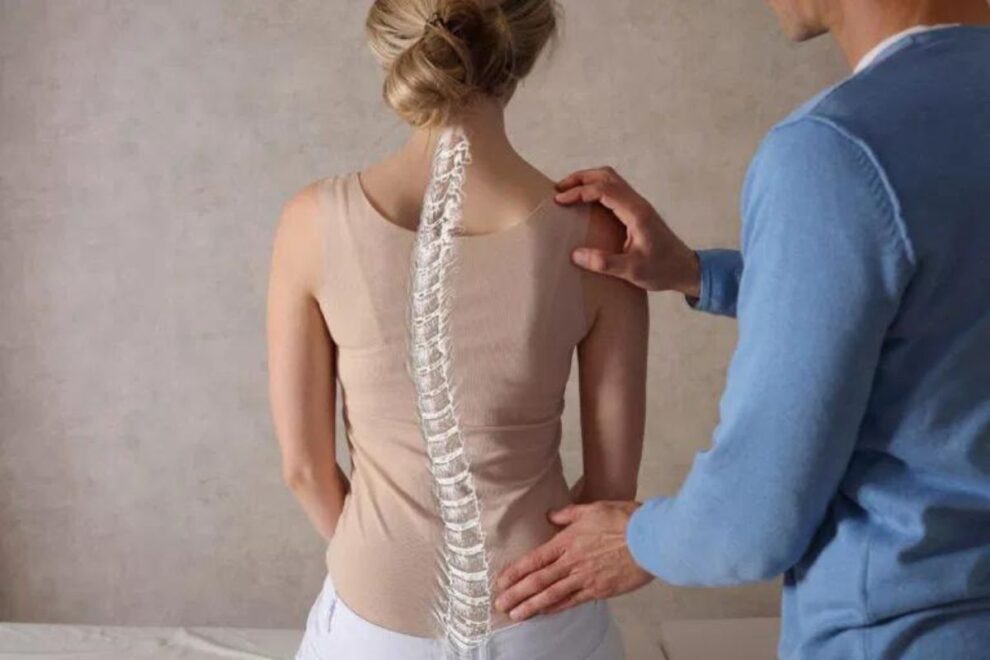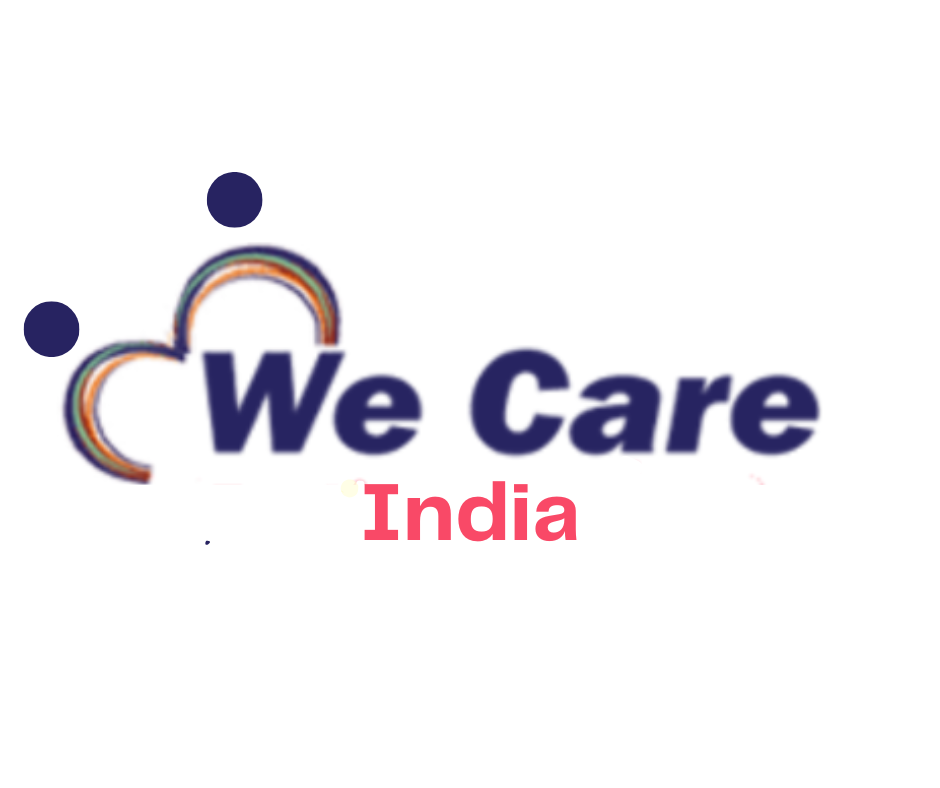Herniated Disc Surgery in India: Comprehensive Treatment Options and Cost
Herniated disc surgery in India provides effective relief for patients suffering from chronic back pain and neurological issues. Utilizing advanced techniques like microdiscectomy and spinal fusion,


Free Doctor Opinion
What is the spinal disc?
The spinal disc is a soft cushion that sits between each vertabrae of the spine. This spinal disc becomes more rigid with age. In a young individual, the disc is soft and elastic, but like so many other structures in the body, the disc gradually looses its elasticity and is more vulnerable to injury. In fact, even in individuals as young as 30, MRIs show evidence of disc deterioration in about 30% of people.
What About My Posture?
Good posture (standing up straight, sitting straight, lifting with your back straight) can help your back by reducing the pressure on your disk
- Bend your knees and hips when you lift something, and keep your back straight.
- Hold an object close to your body when you carry it.
- If you stand for a long time, put one foot on a small stool or box for a while.
- If you sit for a long time, put your feet on a small stool so your knees are higher than your hips.
- Don’t wear high-heeled shoes.
- Don’t sleep on your stomach.
The pictures on this page show good posture in standing and lifting.
What happens with a ‘herniated disc’?
As the spinal disc becomes less elastic, it can rupture. When the disc ruptures, a portion of the spinal disc pushes outside its normal boundary–this is called a herniated disc. When a herniated disc bulges out from between the vertebrae, the spinal nerves and spinal cord can become pinched. There is normally a little extra space around the spinal cord and spinal nerves, but if enough of the herniated disc is pushed out of place, then these structures may be compressed.
How does a disk become herniated?
As you grow older, your disks become flatter — less cushiony. If a disk becomes too weak, the outer part may tear. The inside part of the disk pushes through the tear and presses on the nerves beside it. The drawing to the right shows how a disk looks when it gets pushed through the tear and presses on a nerve. Herniated disks are most common in people in their 30s and 40s.
What are the symptoms of a herniated disc?
When the spinal cord or spinal nerves become compressed, they don’t work properly. This means that abnormal signals may get passed from the compressed nerves, or signals may not get passed at all.
Common symptoms of a herniated disc include: –
- Electric Shock Pain : – Pressure on the nerve can cause abnormal sensations, commonly experienced as electric shock pains. When the compression occurs in the cervical (neck) region, the shocks go down your arms, when the compression is in the lumbar (low back) region, the shocks go down your legs.
- Tingling & Numbness : – Patients often have abnormal sensations such as tingling, numbness, or pins and needles. These symptoms may be experienced in the same region as painful electric shock sensations.
- Muscle Weakness : – Because of the nerve irritation, signals from the brain may be interrupted causing muscle weakness. Nerve irritation can also be tested by examining reflexes.
- Bowel or Bladder Problems : – These symptoms are important because it may be a sign of cauda equina syndrome, a possible condition resulting from a herniated disc. This is a medical emergency, and your should see your doctor immediately if you have problems urinating, having bowel movements, or if you have numbness around your genitals.All of these symptoms are due to the irritation of the nerve from the herniated disc. By interfering with the pathway by which signals are sent from your brain out to your extremities and back to the brain, all of these symptoms can be caused by a herniated disc pressing against the nerves.
What Can Be Done For The Pain Of A Herniated Disk?
Your doctor may suggest medicine for the pain. You can probably be more active after taking the pain medicine for 2 days. Becoming active will help you get better faster. If your pain is severe, your doctor may suggest that you rest in bed for 1 or 2 days.
If the pain medicine doesn’t help, your doctor may give you a shot in your backbone. This might stop your pain. You may need more than 1 shot.
Sometimes stretching of the spine, by your doctor or a chiropractor, can help the pain.
Will Exercises Help The Pain?
Yes, exercises can be helpful. Begin by stretching. Bend over forward and bend to the sides. Start these exercises after your back is a little stronger and doesn’t hurt as much. The goal of exercise is to make your back and stomach muscles stronger. This will ease the pressure on your disk and make you hurt less. Ask your doctor about exercises for your back. Your doctor may want you to see a physical therapist to learn about safe back exercises.
Herniated Disc Surgery in India
A spinal disc herniation, informally and misleadingly called a “slipped disc”, is a medical condition affecting the spine, in which a tear in the outer, fibrous ring of an intervertebral disc allows the soft, central portion to bulge out. Tears are almost always posterior-ipsilateral in nature owing to the presence of the posterior longitudinal ligament in the spinal canal. This tear in the disc ring may result in the release of inflammatory chemical mediators which may directly cause severe pain, even in the absence of nerve root compression. This is the rationale for the use of anti-inflammatory treatments for pain associated with disc herniation, protrusion, bulge, or disc tear.
Surgery is appropriate only for people who have specific symptoms and conditions. A decision to have surgery should take into consideration results from diagnostic tests and physical examinations, your response to nonsurgical treatment, and discussions between you and your doctor about your options and expected results
Wish to know our Cosmetic Surgery skills, send us your message – click here
Or email at [email protected] / Call +91 9029304141
Read Also :-
- Stenting for GI Tract Surgery: A Minimally Invasive Solution in Digestive Health
- Hernia Surgery in India: Cost, Procedure, and Top Hospitals
- Spider Veins Surgery in India: Advanced Treatments for Vein Removal
- Advanced Spondylosis Surgery in India: Procedures, Costs & Leading Hospitals
- Affordable and Advanced Heart Transplant in India: World-Class Cardiac Care
Committed To Build Positive, Safe, Patient Focused Care.
High Quality
Care
Home Review
Medicine
All Advanced
Equipment
Book An Appointment

At We Care India, we offer complete medical services for your entire family, from routine check-ups to injury care, ensuring personalized attention and expert assistance for all your health needs.


